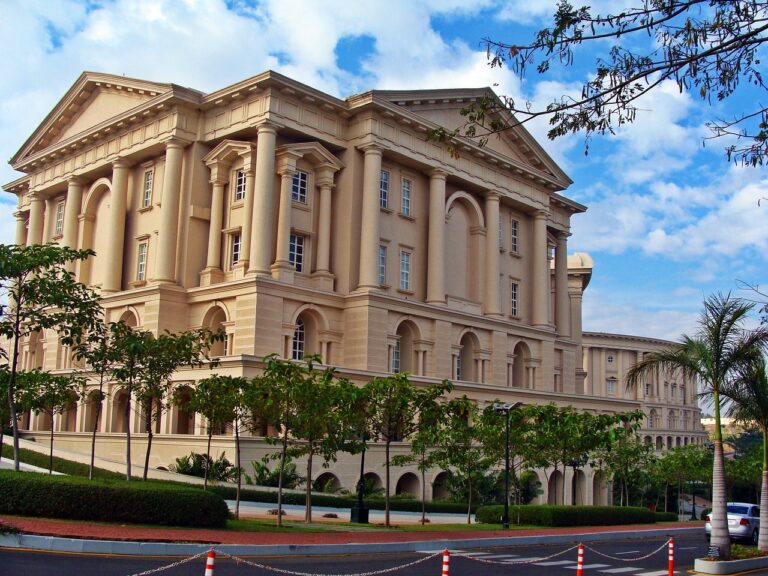The Effectiveness of Voter Turnout Coalitions
Laser247, lotus365, sky247 login: Voter participation is a crucial aspect of any democratic society. It is through voting that citizens have a say in the decision-making process and can shape the future of their communities and countries. However, voter turnout rates vary widely across different regions and demographics, with some groups consistently showing lower rates of participation than others.
One factor that can greatly influence voter participation is the presence of cultural institutions within a community. Cultural institutions, such as museums, libraries, and community centers, play a significant role in shaping the values, beliefs, and behaviors of individuals. These institutions not only provide educational and cultural resources but also serve as gathering places where people can come together to discuss important issues and engage in meaningful dialogue.
By leveraging their influence and resources, cultural institutions can play a pivotal role in increasing voter participation and promoting civic engagement within their communities. Here are some ways in which cultural institutions can help boost voter turnout:
1. Educational programs: Cultural institutions can develop and implement educational programs that focus on civics, government, and the electoral process. By providing individuals with the knowledge and understanding of how elections work and why voting is important, these institutions can help empower citizens to participate in the democratic process.
2. Voter registration drives: Cultural institutions can partner with local organizations and government agencies to host voter registration drives and provide information on how to register to vote. By making the process more accessible and convenient, these institutions can help remove barriers to voter participation.
3. Civic engagement events: Cultural institutions can organize events, such as town hall meetings, panel discussions, and voter forums, that encourage dialogue and debate on key political issues. By creating opportunities for community members to connect with one another and engage in meaningful conversations, these events can help inspire individuals to take an active role in shaping their communities through voting.
4. Outreach to underrepresented groups: Cultural institutions can work to reach out to underrepresented and marginalized communities to ensure that all voices are heard in the electoral process. By hosting events and programs that cater to diverse audiences, these institutions can help build trust and establish connections with individuals who may feel alienated from the political system.
5. Celebrating democracy: Cultural institutions can use their platforms to celebrate democracy and highlight the importance of civic participation. By showcasing exhibitions, performances, and other cultural events that promote democratic values and principles, these institutions can inspire citizens to take pride in their role as active participants in the democratic process.
6. Collaborations with political organizations: Cultural institutions can collaborate with political organizations and advocacy groups to amplify their efforts to mobilize voters and increase voter turnout. By working together towards a common goal, these partnerships can leverage the strengths and resources of both sectors to maximize impact and reach a broader audience.
FAQs:
1. How can cultural institutions engage young voters?
Cultural institutions can engage young voters by creating programs and events that appeal to their interests and concerns, such as hosting youth-led discussions, organizing art exhibitions on social justice issues, and using social media platforms to reach out to younger audiences.
2. What role can libraries play in promoting voter participation?
Libraries can play a crucial role in promoting voter participation by providing resources on voter registration, hosting voter education workshops, and serving as polling places on election day. They can also collaborate with community partners to organize voter engagement initiatives and outreach campaigns.
3. How can cultural institutions measure the impact of their voter participation efforts?
Cultural institutions can measure the impact of their voter participation efforts by tracking voter registration numbers, monitoring attendance at civic engagement events, and conducting surveys to gauge public awareness and knowledge of the electoral process. They can also collect feedback from community members to assess the effectiveness of their programs and identify areas for improvement.







